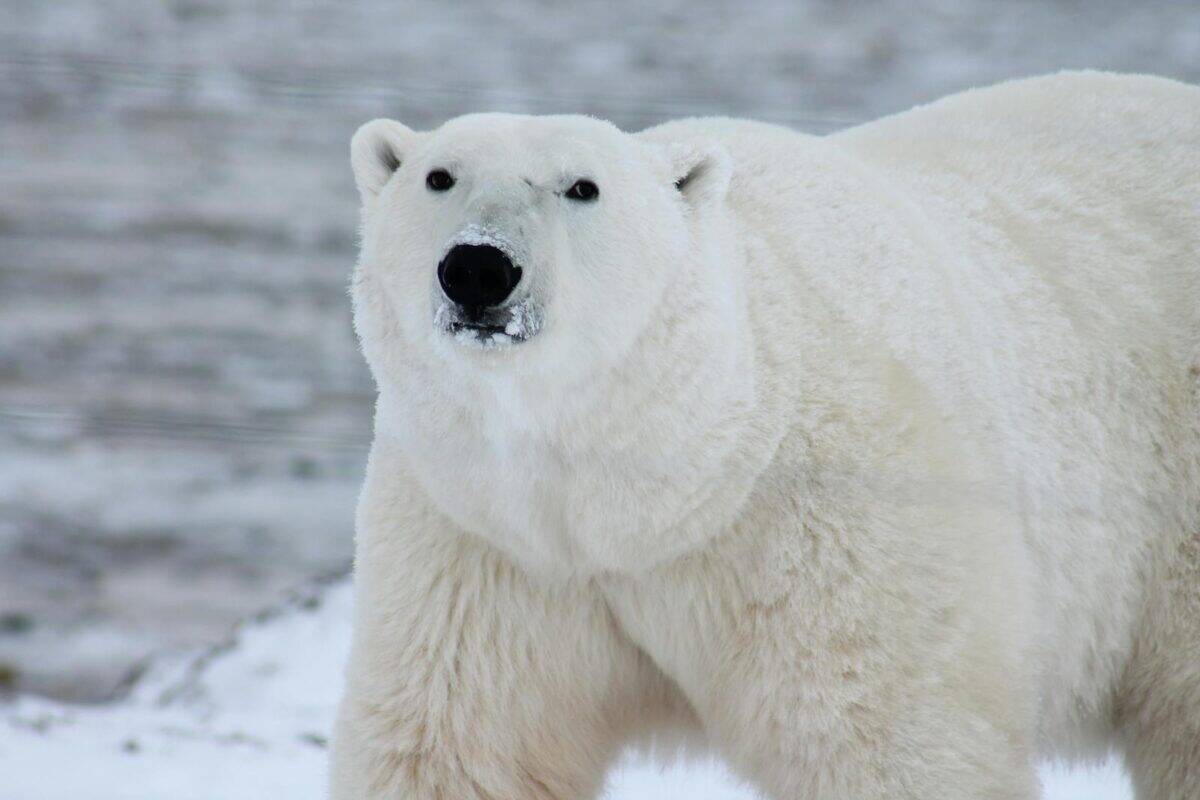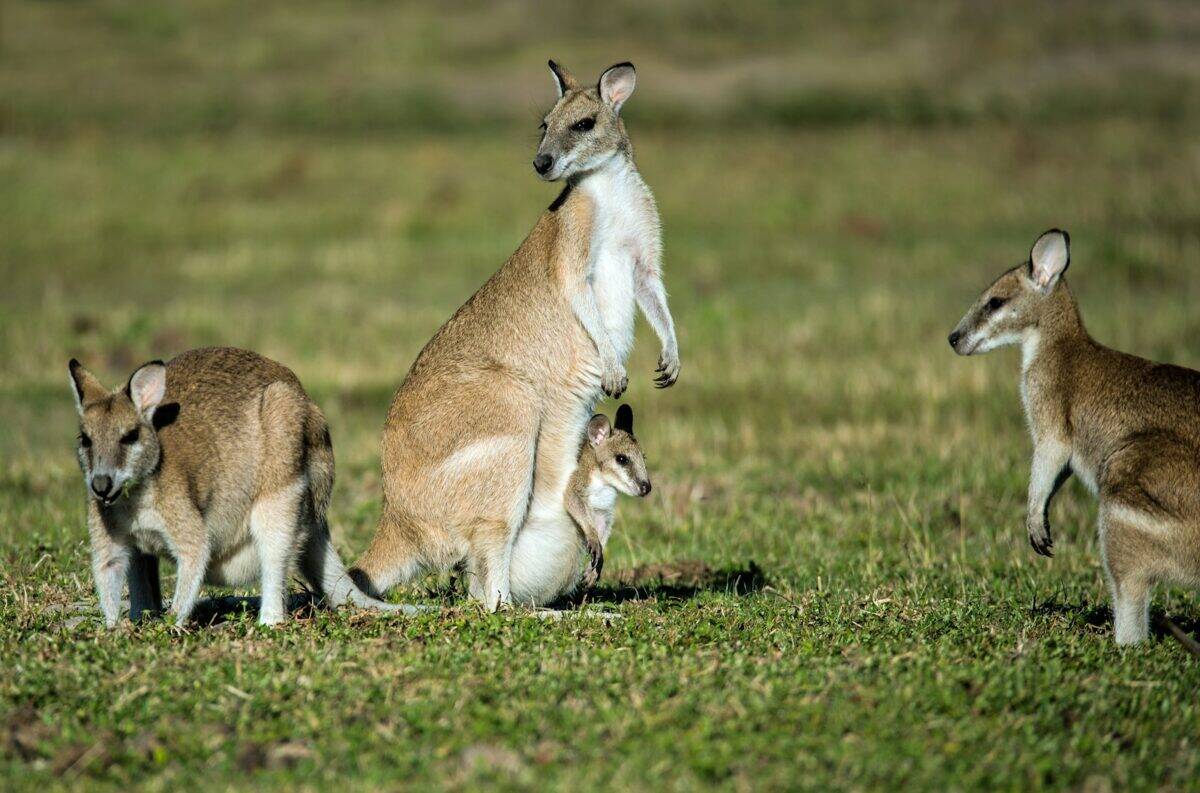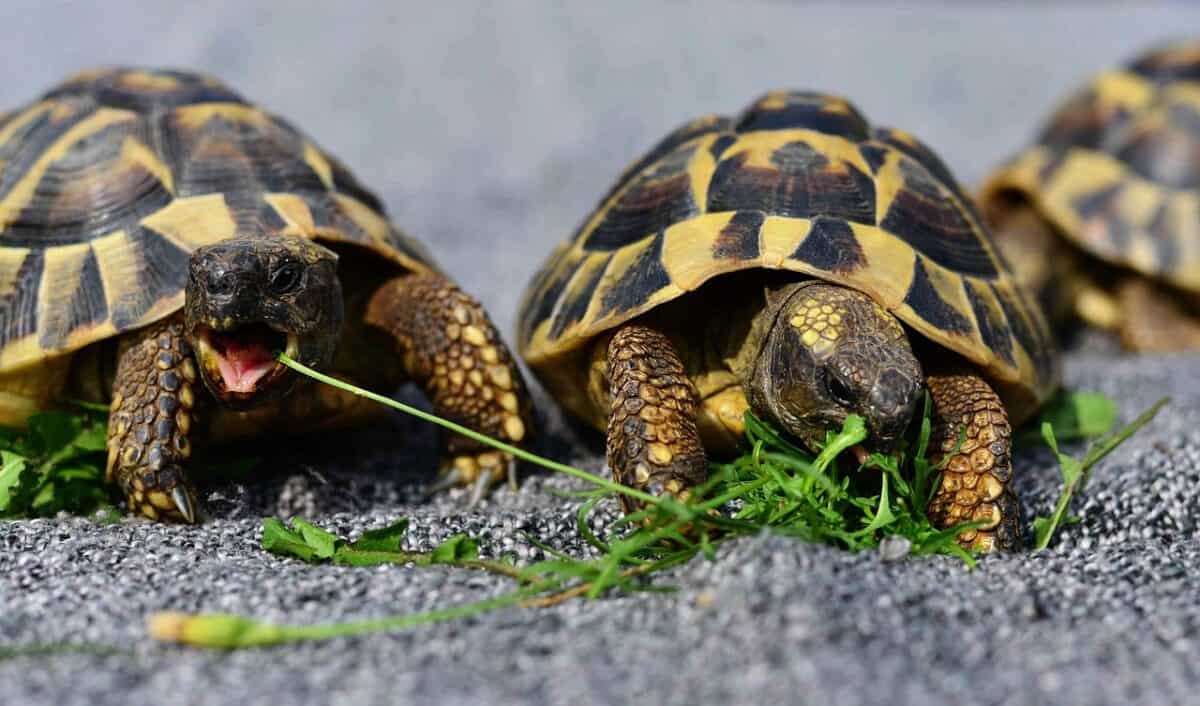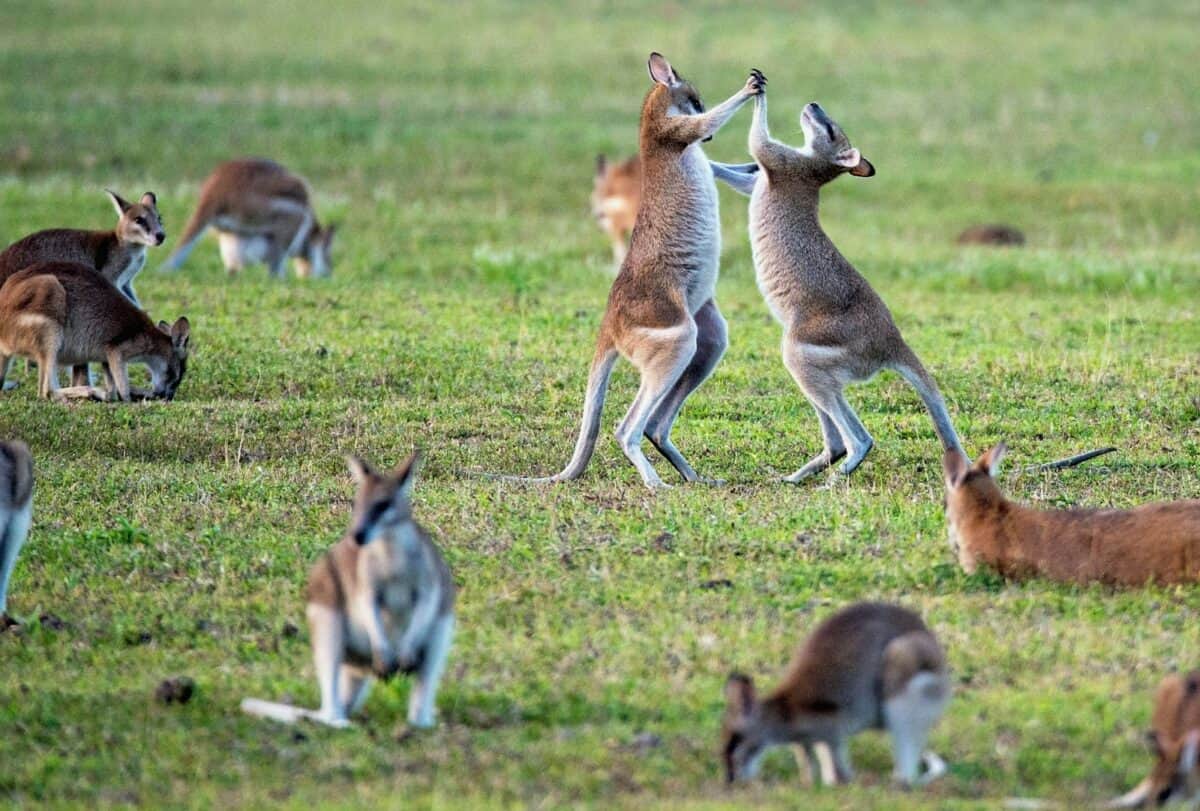Swimming is an ability we often associate with creatures like fish, dolphins, and ducks—animals with bodies clearly adapted for aquatic life. However, the animal kingdom is full of surprising swimmers whose aquatic talents might catch you off guard. From desert dwellers to forest creatures, many land-based animals have evolved remarkable swimming capabilities that help them find food, escape predators, or expand their territories. Let’s dive into the fascinating world of 13 animals that demonstrate unexpected prowess in water, revealing how evolutionary adaptations have equipped them for success both on land and in aquatic environments.
13. Elephants – The Gentle Giants of the Sea

Despite their massive size and weight—up to 13,000 pounds—elephants are remarkably adept swimmers. These terrestrial giants can swim continuously for up to six hours and have been documented swimming between islands more than 30 miles apart. Their natural buoyancy helps keep them afloat, while their versatile trunk acts as a built-in snorkel, allowing them to breathe while their bodies remain submerged. Asian elephants, in particular, have been observed diving completely underwater in deeper areas, using their trunk like a periscope. Their powerful leg muscles, which carry them across land, convert to efficient swimming paddles in water, demonstrating a surprising grace that belies their bulk.
12. Tigers – Masters of Rivers and Mangroves

Tigers are among the few cat species that genuinely enjoy water. Unlike their domestic cousins, tigers are powerful swimmers who regularly cross rivers and lakes in their native habitats. The Bengal tigers of the Sundarbans mangrove forests have developed a semi-aquatic lifestyle, swimming between islands and hunting in water channels. These magnificent predators can swim up to 18 miles in a single stretch and have been clocked moving at speeds of up to 4 mph in water. Their swimming ability isn’t just recreational—it’s an essential survival skill that allows them to access prey, establish territories, and escape threats in their wetland habitats.
11. Moose – The Unexpected Underwater Browsers

Moose might appear ungainly with their long legs and bulky bodies, but they’re actually exceptional swimmers from birth. Calves can swim within days of being born, and adults regularly plunge into lakes and rivers to feed on aquatic vegetation. Using their broad hooves as paddles, moose can swim at speeds of up to 6 mph and remain in water for several hours. Their swimming prowess becomes particularly impressive when you consider they often dive 16-20 feet underwater to forage for nutrient-rich aquatic plants. Their specialized nostrils, which can close underwater, and their ability to hold their breath for a minute or more, make moose surprisingly well-adapted for their part-time aquatic lifestyle.
10. Camels – Desert Ships in Water

Animals adapted to extreme desert conditions might be the last creatures you’d expect to excel at swimming, yet camels demonstrate remarkable aquatic ability when given the opportunity. Despite rarely encountering large bodies of water in their native habitats, camels are natural swimmers with buoyant bodies and strong limbs that propel them effectively through water. This unexpected skill may be an evolutionary remnant from their ancestors who lived in wetter environments. More practically, their swimming ability has proven useful for populations in coastal regions like Australia, where feral camels have been observed swimming between offshore islands. Their water-efficient biology, ironically, makes them well-suited for short aquatic journeys.
9. Polar Bears – Arctic Swimming Champions

Polar bears are classified as marine mammals for good reason—they’re exceptional swimmers capable of covering astonishing distances in frigid Arctic waters. Their powerful front legs act as paddles while their hind legs serve as rudders, allowing them to navigate efficiently between ice floes. Polar bears have been tracked swimming continuously for up to ten days, covering distances exceeding 400 miles. Their specialized adaptations, including a thick layer of fat for insulation and buoyancy, partially webbed forepaws, and water-repellent fur, make them perfectly suited for long-distance swimming in icy conditions. As climate change reduces sea ice coverage, these swimming abilities have become increasingly critical for polar bear survival.
8. Hippos – The Paradoxical Swimmers

Hippos present one of nature’s most fascinating paradoxes—they’re excellent swimmers despite being unable to actually swim in the conventional sense. These massive semi-aquatic mammals don’t float or paddle at the water’s surface; instead, they move underwater by pushing off from the river or lake bottom, essentially “running” or “galloping” while submerged. This unique method allows hippos to move at speeds up to 5 mph underwater. Their dense bones and minimal body fat create negative buoyancy, allowing them to walk along river beds while holding their breath for up to five minutes. Their specialized physiological adaptations, including valvular nostrils and ears that close underwater, make them perfectly adapted for their amphibious lifestyle despite their unconventional swimming technique.
7. Pigs – The Surprising Aquatic Swine

The expression “when pigs fly” may be a metaphor for impossibility, but “when pigs swim” is actually a regular occurrence in some parts of the world. Domestic pigs are naturally buoyant and instinctively know how to swim, though their swimming style can appear somewhat frantic. The most famous swimming pigs are undoubtedly those of Exuma in the Bahamas, where a colony of feral pigs regularly swims in the crystal-clear Caribbean waters, even approaching boats for food. This isn’t just a tourist attraction—it demonstrates the natural swimming ability present in all porcine species. Wild boars, the ancestors of domestic pigs, regularly cross rivers and lakes during migration or when escaping predators, showcasing a swimming proficiency that has been passed down to their domesticated descendants.
6. Jaguars – The Fishing Felines

Jaguars stand out among big cats for their exceptional affinity for water and swimming ability. Native to the Amazon basin and other wetland habitats in Central and South America, these powerful predators are so comfortable in aquatic environments that they regularly hunt caimans, capybaras, and fish in rivers. Unlike most cats, jaguars have developed a unique hunting strategy that involves plunging into water without hesitation. They’re powerful enough swimmers to cross major rivers like the Amazon and have been observed diving to catch prey underwater. Their muscular build provides the strength needed for swimming, while their comfort in water gives them access to prey species that other predators can’t reach, creating a specialized ecological niche that few other land predators can exploit.
5. Armadillos – Armored Swimmers

With their heavy protective armor and terrestrial burrowing lifestyle, armadillos seem poorly suited for aquatic adventures. However, these remarkable creatures have developed a unique swimming adaptation: they can inflate their intestines with air to increase buoyancy. When faced with a body of water they need to cross, many armadillo species, particularly the nine-banded armadillo, will gulp air to inflate their digestive tract, effectively creating a built-in flotation device. This adaptation allows them to either float across the water’s surface or, more remarkably, to walk across river and stream beds while completely submerged, using their weight to keep them grounded. For shorter crossings, some armadillos simply hold their breath and walk underwater for up to six minutes—a stunning adaptation for an animal that spends most of its life digging through soil.
4. Kangaroos – Bouncing Through Water

Kangaroos are engineered for efficient hopping across the arid Australian outback, but when confronted with water, these marsupials reveal a surprising swimming proficiency. When swimming, kangaroos use their powerful hind legs to propel themselves forward with a dog-paddle motion, while their tail acts as a rudder for steering and balance. They’ve been observed intentionally entering water to escape predators or to cool down during extreme heat. Some kangaroos have even developed strategic water crossings as part of their regular movement patterns. While not their preferred method of travel, a swimming kangaroo demonstrates the remarkable adaptability of these iconic Australian mammals, showing how even highly specialized terrestrial animals can develop competent aquatic capabilities when their environment demands it.
3. Sloths – Slow But Steady Swimmers

Sloths are renowned for their extremely slow movement on land, where they rarely exceed 0.17 mph. However, in water, these arboreal mammals transform, swimming up to three times faster than they move on land. Their long limbs and natural buoyancy make them surprisingly efficient swimmers with a smooth, graceful stroke. The three-toed sloth, in particular, has been observed swimming across rivers and even in ocean waters around islands. Their slow metabolism is actually advantageous for swimming, as it allows them to conserve energy during aquatic journeys. Though they typically avoid water, preferring their treetop habitats, sloths demonstrate remarkable swimming ability when necessary—whether to find new feeding grounds, escape predators, or traverse water obstacles in their rainforest homes.
2. Tortoises – Defying Expectations

The common belief that tortoises can’t swim is actually a widespread misconception. While desert tortoises may struggle in water, many tortoise species are capable swimmers, though their technique differs dramatically from their aquatic turtle cousins. Rather than using webbed feet, tortoises employ a walking motion underwater, using their sturdy legs to propel themselves forward while their lungs provide buoyancy. Species like the Aldabra giant tortoise have been observed swimming in shallow marine environments between islands. Their swimming ability varies significantly between species, with those native to wetter habitats generally demonstrating greater aquatic proficiency. Even with their heavy shells, many tortoises can successfully navigate water when necessary, challenging our assumptions about these primarily terrestrial reptiles.
1. Snakes – Serpentine Grace in Water

While specialized aquatic serpents like sea snakes and water moccasins are well-known for their swimming abilities, nearly all snake species can swim effectively when needed. Even desert-dwelling species like rattlesnakes demonstrate competent swimming when encountering bodies of water. Snakes swim using lateral undulation—the same side-to-side motion they use on land—creating wave-like patterns that push against the water to generate forward momentum. Many non-aquatic species can hold their heads above water while swimming, creating a periscope-like effect that allows them to breathe while keeping their bodies submerged. This universal swimming ability among snakes reflects their ancient evolutionary history and the importance of aquatic habitats in the development of reptiles, making even the most terrestrial snake species unexpectedly adept in water.
The Evolutionary Advantage of Swimming

The surprising swimming abilities demonstrated by these thirteen animals highlight the remarkable adaptability of species across diverse evolutionary lineages. Swimming represents more than just a curious skill—it offers tangible survival advantages including access to food sources, escape from predators, colonization of new territories, and resilience during flooding events. These unexpected swimmers remind us that evolution often preserves or develops capabilities beyond what an animal’s primary habitat might suggest. The capacity to navigate both terrestrial and aquatic environments provides species with greater ecological flexibility, potentially contributing to their long-term survival in changing environments. As our planet’s climate continues to shift, bringing more extreme weather patterns and changing coastlines, these swimming adaptations may prove increasingly valuable to species that we typically think of as land-dwellers.
- 10 American Rivers Where You Should Never Swim - August 23, 2025
- 13 Surprising Animals Thriving in Urban America - August 23, 2025
- 13 Common Birdwatching Mistakes and How to Fix Them - August 23, 2025

